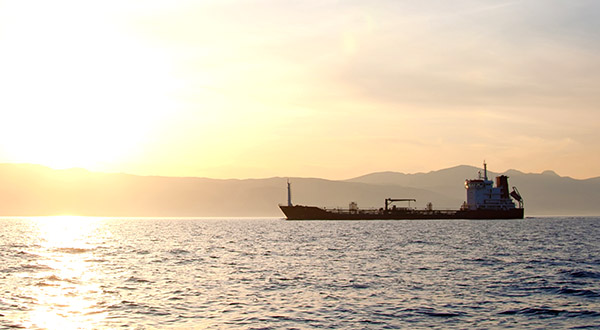Hong Kong Marine Department has issued information note referring to a Hong Kong registered ship which went aground in anchorage of Antofagasta, Chile due to relying solely on GPS positioning information.
The Incident:
A Hong Kong registered bulk carrier arrived at Antofagasta, Chile in ballast condition, with draft of 3.75 meters at forward and 5.55 meters at aft. The master received instruction from local port control to drop anchor in a position of 23° 37.60’ S, 70° 24.00’ W and marked the assigned anchoring position on radar screen and maneuvered the vessel towards that position accordingly.
Upon arriving at the position marked on the radar screen, the vessel dropped the port anchor with 5 shackles in water. When the master realized that the vessel was actually in the position of 23° 37.25’ S, 70° 24.03’ W and close to shallow water, he ordered to heave up anchor and used various movements of engine and rudder. About 4 minutes later, the vessel grounded firmly on a shoal of 5 meters in depth, and got its bottom hull ruptured consequently. The vessel was re-floated at about 4 hours later.
A considerable amount of fuel oil escaped into the water contaminating the seas and the coast.
Findings
a) the master incorrectly marked the designated anchor position on the radar screen and used it as an aid for anchoring. He did not verify the input to ensure that it was correct; and
b) the bridge resource management was not effective, and members of the bridge team was not cooperated effectively. As a result, the bridge team was not aware of that the vessel ran into the wrong position for anchoring.
Lessons learnt
- It is important that officers on board must cross check the ship’s position by all available means appropriate to the prevailing circumstances.
- The attention of the shipowners, ship managers, ship operators, masters and officers is drawn on the lessons learnt above.
Source: Hong Kong Marine Department






























































All positions must be marked on the nautical charts and be fixed by multi methods, visual fixes and radar/A.R.P.A. fixes. Not only by GPS.
The safety management system should ensure :
.1 compliance with mandatory rules and regulations ; and
.2 that applicable codes, guidelines and standards recommended by the Organization, Administrations, classification societies and maritime industry organizations are taken into account.